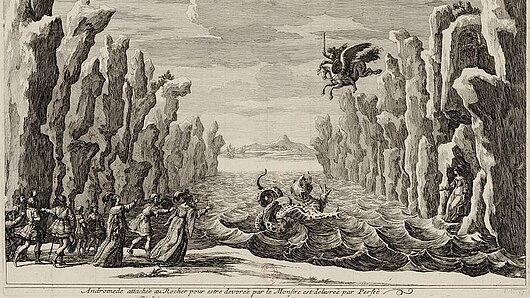High-Performance Computing Center Stuttgart

On February 16-17, 2021, the sixth Science and Art of Simulation (SAS) workshop at the High-Performance Computing Center Stuttgart (HLRS) looked at the history of deception from many perspectives, with a particular focus on deception's relationship to imitation and adaptation. Held online due to the ongoing COVID-19 pandemic, the event gathered scholars from literary studies, computer sciences, philosophy, the digital humanities, sociology, art history, psychology, and pedagogy to look closely at uses of technology for deception and illusion both in the past and in the context of today's digital media and computational research.
The meeting, which included researchers from the University of Stuttgart, University of Tübingen, University of Cologne, and the VDE, was organized by Michael Resch (Director, HLRS), Kirsten Dickhaut (Professor of Romance Literatures, University of Stuttgart), and Andreas Kaminski (Leader, HLRS Department of Philosophy of Computational Science).
Throughout modern history, imitation, illusion, and deception using technology have been used both for entertainment and to manipulate others in more malicious ways. For this reason, lectures at the SAS workshop considered examples of such practices from the past, including in the design of church altars, Renaissance-era gardens, and theater sets. As Prof. Dickhaut explained, "Many of the contributions focused on the theater, which offers a useful model for considering an interest that participants shared related to cognition, specifically for understanding both how deception and illusion arise frontstage and what is actually possible on a technical level backstage."
Insights derived from these studies were brought into dialogue with presentations focusing on contemporary instances of illusion and deception such as deepfakes, AI language models, and scientific simulation. Talks also considered deception from a psychological perspective, including questions about how accurately we interpret not only the world around us but even our personal capabilities and motivations.
Despite this wide diversity of topics, the studies often sought to understand forms of deception in their anthropological contexts, particularly with respect to changing social and cultural assumptions of what it means to be human.
"Concepts and technologies used in deception are often associated with a specific perception of humans (Menschenbild) that provides a foundation for predicting how a person could be brought into a state of confusion," remarked Andreas Kaminski. "By studying historical examples of deception and questions related to trustworthiness we can not only learn how these conceptions have changed over time, but also gain a better understanding of contemporary forms of such phenomena. Perhaps what appears new to us today might in some ways actually turn out not to be new at all."
— Christopher Williams